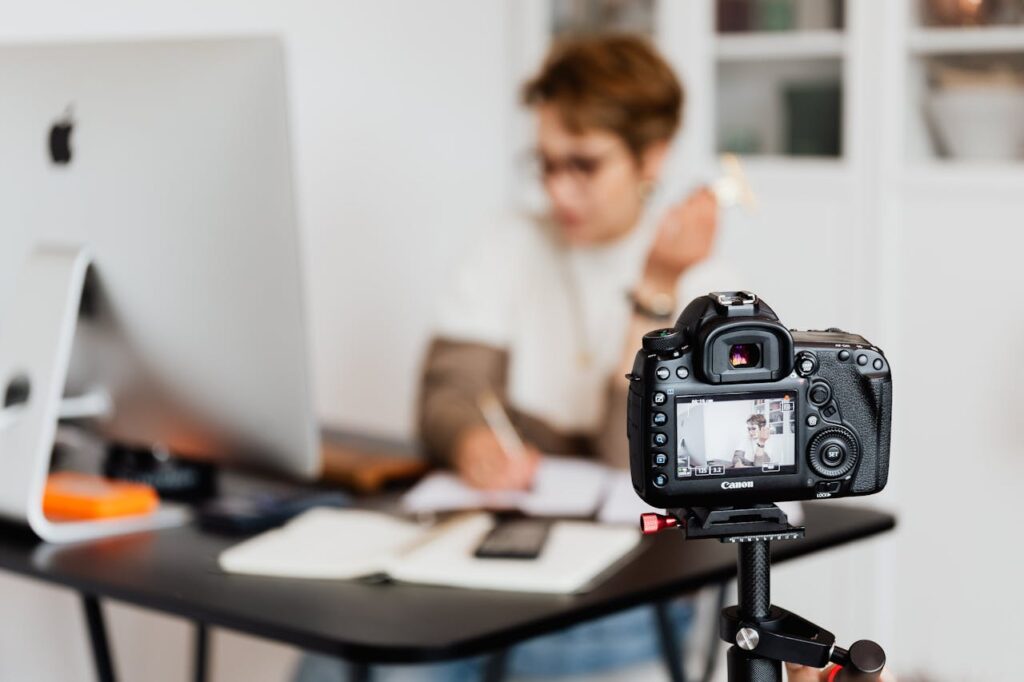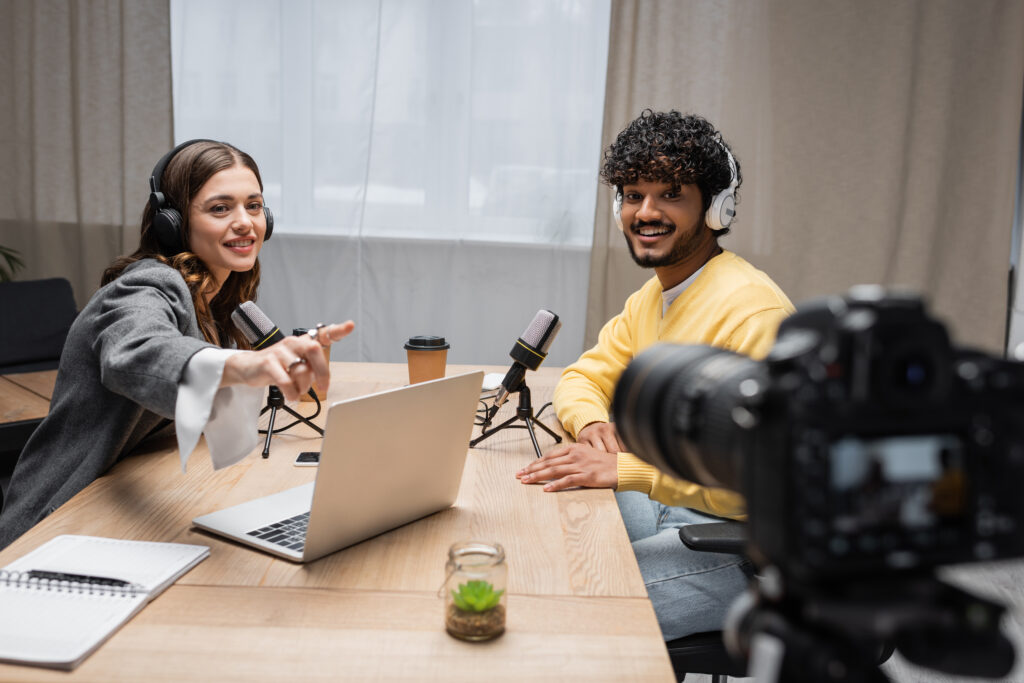Why Small Cameras Like the DJI Osmo Pocket 3 (or Even a Smartphone) Can Sometimes Be Better Than Expensive Setups
When you think of professional-grade content creation, it’s easy to assume that bigger and more expensive gear always equals better results. However, in many cases, using a compact camera like the DJI Osmo Pocket 3 or even a high-quality smartphone can outshine a heavy, expensive setup like the Canon EOS 5 with a professional gimbal. Here’s why a €700 setup can sometimes beat a €7,000 rig in terms of usability, convenience, and results.
1. Portability and Ease of Use
One of the biggest advantages of small cameras is portability. A camera like the DJI Osmo Pocket 3 or a smartphone can fit in your pocket, ready to shoot at a moment’s notice. In comparison, lugging around a full-size DSLR and gimbal can be cumbersome, time-consuming, and require more setup. This makes smaller devices ideal for on-the-go shooting, especially in tight spaces or situations where you need to be quick.
In a scenario where you’re capturing vlogs, live events, or spontaneous moments, portability trumps power. You’ll find it easier to carry and less intimidating for the people you’re filming, which can result in more authentic content.
2. Gimbals Built-In or Not Needed
The DJI Osmo Pocket 3 has a built-in stabilizer, meaning you get smooth footage without the need for an external gimbal. Smartphones, too, have increasingly advanced optical and digital stabilization features. In contrast, using a Canon EOS 5 often requires attaching a heavy gimbal for steady shots, which adds to your workload.
In fast-paced environments, you’ll appreciate not having to adjust a large rig or recalibrate a gimbal every time you need a different angle. With a smaller setup, you can focus on creativity rather than tech management.
3. Cost Efficiency
When you’re working within a budget, spending €7,000 on a high-end camera rig might not make sense, especially when smaller devices can still produce professional-quality results. The video resolution on modern smartphones and devices like the Osmo Pocket can go up to 4K or even 8K, more than sufficient for most content platforms like YouTube, Instagram, or TikTok.
For creators who focus on short-form content, social media posts, or quick client projects, the cost savings of a €700 setup could be put toward other essential tools like lighting, editing software, or even travel costs.
4. Discreet Filming
Professional cameras can draw a lot of attention. Sometimes, this isn’t what you want—whether you’re shooting in public spaces, at a private event, or in places where people might feel uncomfortable with a large camera pointed at them. A small camera or smartphone allows for more discreet filming, making it easier to blend in and capture authentic, candid moments without disrupting the environment.
5. Battery Life and Setup Time
High-end cameras can be power-hungry and often require frequent battery changes or additional gear, such as extra batteries or external monitors. Smaller cameras and smartphones tend to have longer battery life, especially for shorter shoots. Plus, the setup time for smaller gear is minimal—you can pull out your smartphone, hit record, and start shooting, while a full DSLR setup requires much more time to assemble and adjust.
6. Learning Curve
While professional cameras like the Canon EOS 5 come with a range of manual controls and advanced features, they also come with a steep learning curve. For creators who are just starting out, or for those who need to focus on content and storytelling rather than complex camera settings, smaller cameras with automatic settings are often more user-friendly. This means you can focus on capturing great footage instead of being bogged down with technical adjustments.
7. Perfect for Social Media
Small cameras and smartphones excel at capturing content that’s ready for social media. Many devices allow for direct uploads to platforms like Instagram, TikTok, and YouTube without the need for extensive post-production. Some even come with in-built editing features, allowing you to create polished content quickly.
If your target audience is on social media, these smaller cameras can be a game-changer. They allow for quicker turnarounds, so you can be more consistent in posting high-quality content.
8. Situational Use Cases
There are times when a full DSLR setup is absolutely necessary—when you’re producing high-end commercial content, for instance. But for many use cases, especially vlogging, travel content, live streams, or social media posts, the practicality and versatility of smaller cameras or smartphones outweigh the need for large, expensive equipment.
Final Thoughts
While high-end camera setups have their place in the world of content creation, smaller devices like the DJI Osmo Pocket 3 or smartphones offer numerous advantages that make them the better option for many creators. From ease of use to portability and cost-effectiveness, these compact tools allow you to focus more on your creative process and less on your equipment, making them an essential part of any content creator’s toolkit.
If you’re part of the SMACC community and just starting out or looking for ways to streamline your workflow, don’t overlook the power of small cameras—they could be just what you need to step up your content game without breaking the bank.


